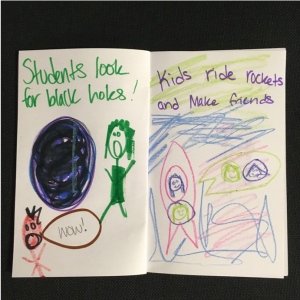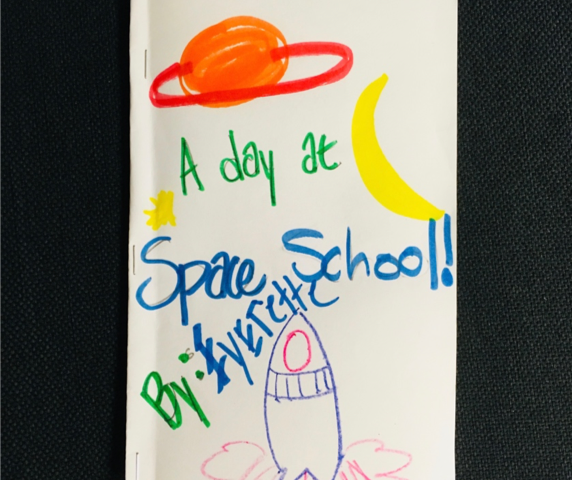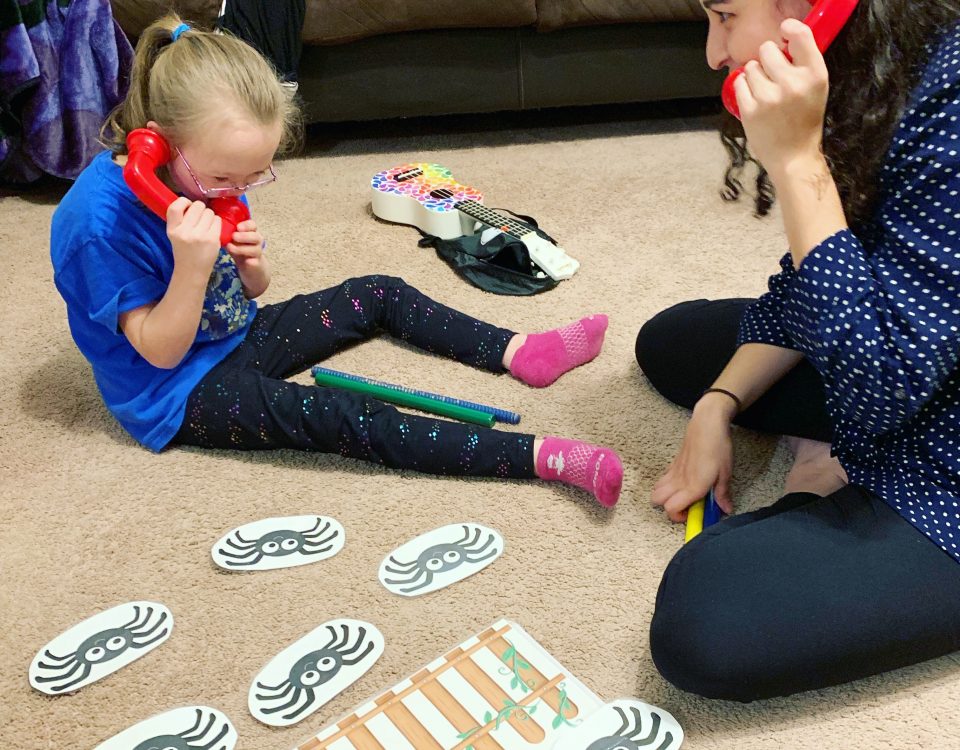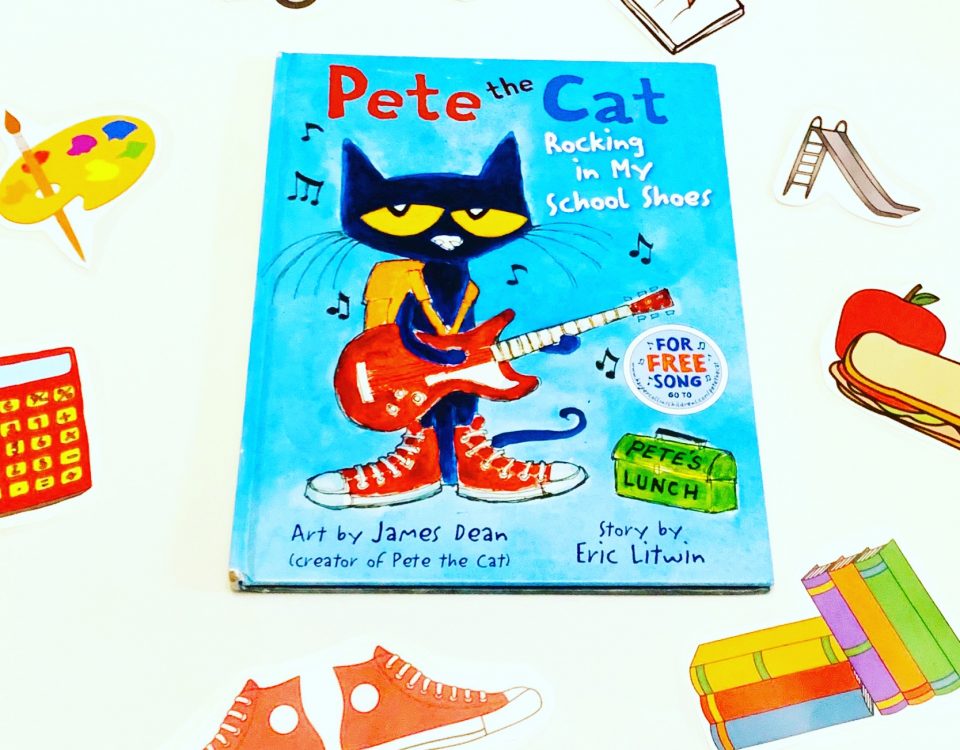Back to School – Homemade Books Intervention

What’s In My Bag: Emily’s “Must-Haves”

What’s In My Bag? – Tanner’s “Trunk Full”
Homemade books for back to school!!
It’s the time of year where we start to see yellow school buses, and wait in long lines for notebooks, backpacks, pencils, and new lunch boxes. It is an exciting and sometime stressful time of year. Homemade books are a fun intervention that can help you and your child relax and spend time together as school begins again. Making a book together is an opportunity for your child to express themselves, develop their creativity, and feel proud of their ideas and their work. The books are easy to adapt to best fit your child’s skills. The intervention addresses pre-reading skills like understanding story structure and becoming familiar with books. Even if your child isn’t reading or writing they can still flex their creativity muscles by imagining a story while you write it down. Our goal is to encourage their creativity and imagination, so if the story is a little jumbled or silly, that’s okay!! If they are nervous about school a story about how fun it will be can help get them excited.
Intervention: Homemade Books

Materials:
Plain white paper, pencil, markers, crayons, or colored pencils, stapler, one of your child’s favorite books (optional)
Instructions:
- Decide how many pages you want/need
- Select half that many sheets of paper
- Fold the paper in half
- Staple the folded edge at the corners and the middle
Option #1 – Illustrate your own book
- Number or help your child number the pages
- Write the title on the front page
- Have your child decorate the page
- Make sure to write By: _______ (it is so exciting!)
- Write or help your child write the words of their favorite book or story on the pages of their book
- Give your child positive encouragement while they color each page of the story
- Encouragement like “I love how you drew that” “That looks so cool!” can go a long way in giving your child confidence in their work
- Host a reading for the family
- Set up a small circle of chairs
- Let your child act out or tell the story and comment on their drawings
- Have a “book signing” after where your child signs their book
Option #2 – Create your own book
- Number or help your child number the pages
- Ask your child what they want to call their book
- Help your child write the title, if they aren’t writing yet write for them
- Ask your child to tell the story
- Write down their story as they tell it (Don’t worry about it following a formal story line or even making sense. Our goal is to practice creativity and story telling not write the next Pete the Cat!)
- Have your child illustrate each page
- Ask questions about what their drawing to help them work on their story telling skills
- Questions like: Who is that? What is that character like? What do you think that character is thinking? Can help encourage story telling and imagination.
- Give your child positive encouragement while they color each page of the story
- Encouragement like “I love how you drew that” “That looks so cool!” can go a long way in giving your child confidence in their work
- Host a reading for the family
- Set up a small circle of chairs
- Let your child act out or tell the story and comment on their drawings
- Have a “book signing” after where your child signs their book




